Dvir / Paris
Gallery Hours
Tuesday – Thursday: 11:00 – 19:00
Friday – Saturday: 12:00 – 19:00
Eggshell on Palm, 2023, exhibition view, Dvir Gallery / Paris. Photo credit: Axel Fried
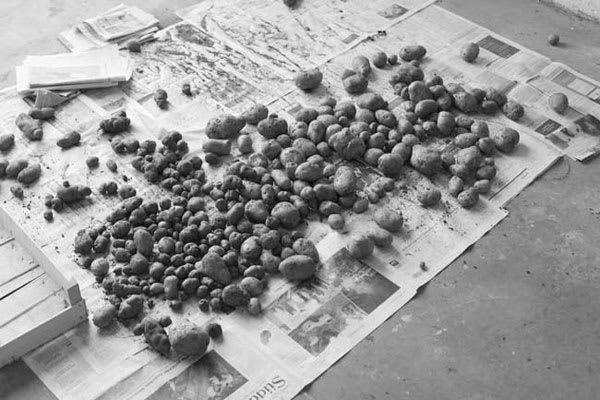
Yossi Breger’s (1960-2016) installation aims to follow the process in which pictures accumulate into content, or into abstract yet simple, coherent system that articulates a surrealist and yet understandable story, which exceeds any specific thing, time, or place. All together, it creates a whole that defines a procedure, that becomes a model for a world in human proportion, which communicates an outline of the being, movement and thought of as if “everyone” in relation to the world and its “things”, culture and nature, to the general human system.
Yossi Breger’s standpoint, including his bodily stance, is eminently evident in each and every image he chooses to photograph, manifesting a combination of passion and reflection. In a formal language that is wonderfully precise, Breger composes a comprehensive, profonde model of the world and a story of life out of the elementary components of human environment and culture. Landscape, spaces, structures, objects and people that he photographed in different places around the world – Tel Aviv, Berlin, Cologne, Havana, Paris, Brussels, Rome, Beijing, Stockholm – join together to produce a clear, lucid image of the world, combining measured enthusiasm for zeniths of beauty with melancholy and awareness of the fragility and finality they entail. Breger’s gaze harmoniously embraces the personal and the public, life and death; it generates a pictorial and cinematic drama that is a superb depiction of a foundational moment in which, by standing in front of a thing, one captures the conceptual, personal, social and political aspects it embodies.
- Mordechai Omer, chief curator and director of TAMA (1995-2011)

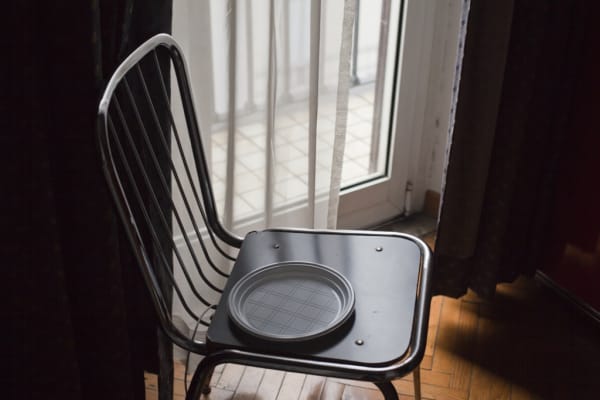
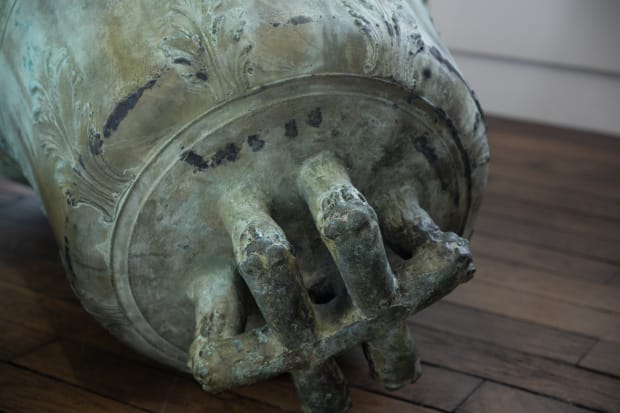
Latifa Eckakhch appropriates, dismantles and re-represents daily materials and simple objects. Personal memories as well as shared history and cultural heritage like literature, philosophy and music serve as her sources. Her practice repeatedly questions preset notions about identity, nationality, religion and authenticity. She also examines her own fragmented, symbolically charged culture, using a language that is at the same time sensitive and powerful. Politics and poetry come together in installations and environments built up out of personal, historical and cultural references. The monumental shattered bronze bells under the central dome, are exact replicas of the church bells from the destroyed church Lübeck, a German city bombed in 1942. While the church is now fully restored, the bells are left lying exactly where they hit the ground at the time.
« Elsewhere... I want to live in this place where the gap between the functionality of a time, a thing, and where they have gone opens up infinite potentialities. Ruins speak to me. Not because they have gone under, but because of the paths they initiate. » The bells have smashed to pieces in a final peal, deafening though forever lacking. Their silence reverberates through future time.


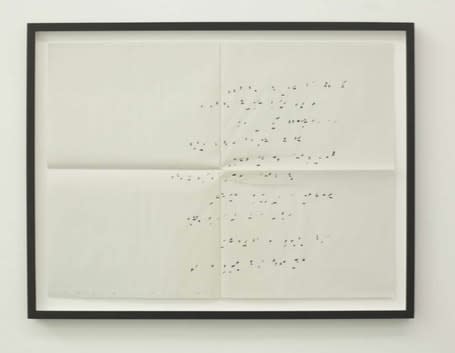





In this new video of Sigalit Landau, we see an island of salt floating on the Dead Sea. In reality, it's a piece that was once on the coast and mysteriously detached itself from the land, much like nature's own ways.
The island-piece is shaped like a well, which Sigalit filled with ecological red paint. Her niece, dressed in a white gown, walks in circles on the island, while a drone circles it in the opposite direction, creating the illusion of perpetual motion. While the video is new, it has already become iconic, referencing both the artist's famous salt sculptures as well to her watermelon video.
Sigalit Landau (b. 1969, Jerusalem) is an interdisciplinary artist who works with installation, video, photography, and sculpture. Landau graduated from the Bezalel Academy of Art and Design in Jerusalem in 1994. After several years in Europe and in the United-States, she returned to Tel Aviv where she currently lives and works. She has had many solo exhibitions in major institutions around the world such as the MoMA, Museum of Modern Art, New York City, The Museum der Moderne, Salzburg, Koffler Centre of Fine Arts, Toronto, Maison Hermes in Ginza, Tokyo, Kunsthalle Budapest, MACBA, Barcelona, the Documenta X, Kassel and more. She represented Israel in the Venice Biennial in 1997 and 2011 and her works are part of major collections such as the MoMa, The Brooklyn Museum Centre George Pompidou, Julia Stoschek Collection, Museum der Moderne Salzburg, The Tel Aviv Museum of Art, The Israel Museum, The Jewish Museum, Magasin 3 Stockholm, MACBA, Museu d’Art Contemporani de Barcelona and others.
From 2004 the artist begins her series Salt Years. In the desert landscape of the Dead Sea, she plunges various inanimate objects in the waters whose salinity crystallise them. She explores this process with an array of objects such as Shoes (Adam, 2018; Unborn, 2016), coats, dresses but also nooses, crutches and musical instruments (Flute 3, 2020; Wave, 2020). Hints at the absence of a person to whom they belong while becoming living beings. Transformed by the salt which changes their color to a glimmering white and thickens their surfaces with layers of salt, the objects lose all relation to their original purpose and become symbols of this loss. On the backdrop of the Dead Sea where Israel, Palestine and Jordan share a border, these objects are acting as an ‘archeology of the now’, transmuted into analogies of hope, love, and a future coexistence between the three bordering countries. Sigalit Landau’s interest in the body is also present in the Neon heaters, which are part of the series she created using small heaters that were used throughout the 20th century in Israel. The heaters, when connected to electricity create a yearning for warmth as well as casting reddish auras in the surrounding area. Landau introduces a textual aspect to her work by replacing the heating elements with hand crafted neon words bringing notions of intimacy and domesticity, such as “home-sick” in bright pink, red, orange and blue.
Drawing has always been a part of the artist’s language and constitutes a pillar of her practice. Landau implements and experiments with a variety of techniques, from Indian ink (Blood Moon, 2015; Dimdumim, 2015), to markers and acrylic paint (Pot Girl, 2018), from charcoal and watercolors (A Split Night III, 2020) to dyes on canvas (Midnight Sun, 2015). Balancing the monochromatic aspect of Landau’s sculptural work after the consistently white Salt Years, she began to develop in 2020 her series Masks. These oval sculptures, such as Untitled 7 and Untitled 14, of identical shape and size allow Landau to further develop her practice by exploring new materials, specifically plaster of Paris and burlap, on which she applies pigments. A technique requiring rapidity whilst putting emphasis on the intensity of gesture with a performative aspect.
Locked in visual and psychological tension, the bodies of the figures seem uncomfortably merged and the thing that they hold seems to arch backwards with resistance.
Set in the center of Israeli modernism from the outset of her career in the mid-1970s through the present, Levin’s art developed in the late conceptual period and was also one of the first harbingers of Israeli postmodernism.

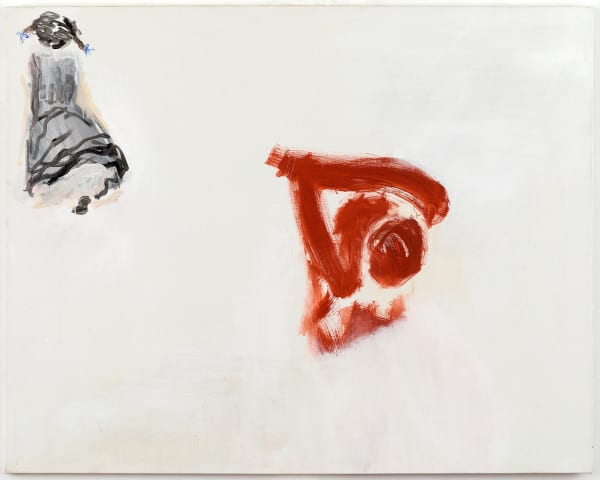



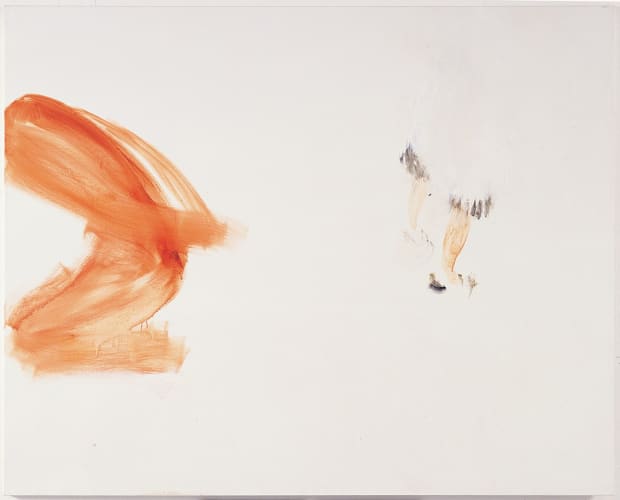
Moshe Ninio’s works are a result of a lengthy maturation and seek to shift the status of the image into another, polemical and spiritual realm. His ‘poor’, latent images, seized with the most trivial banality, inhabit space and define themselves in their relation to other works. The image’s meaning in Ninio’s work is complex and it is undoubtedly the iconic status of the image that predominates.
Ninio exhibited in numerous international exhibitions in different institutions such as NBA, Berlin, Germany; Musée d’art et d’Histoire du Judaïsme, Paris, France ; Santa Monica Museum of Art, Santa Monica, USA; Galerie Chantal Crousel, Paris, France; Dvir Gallery, Tel Aviv, Israel; The Petah Tikva Museum of Art, Petah Tikva, Israel; Centre Pompidou - Musée National d´Art Moderne, Paris, France; Centre de l’image contemporaine (Montreal); Haifa Museum of Art, Haifa, Israel; International Biennial of contemporary Art, Jerusalem, Israel; Tel Aviv Museum of Art, Tel Aviv, Israel. Ninio had numerous solo exhibitions. Among others, he exhibited in Musée d’art et d’Histoire du Judaïsme (Paris), Santa Monica Museum of Art (Santa Monica, CA), S.M.A.K. (Ghent), FRAC Languedoc-Roussillon (Montpellier) and the Israel Museum. His works are in the permanent collection of the Musée d’art et d’Histoire du Judaïsme (Paris) and the Tel Aviv Museum of Art.
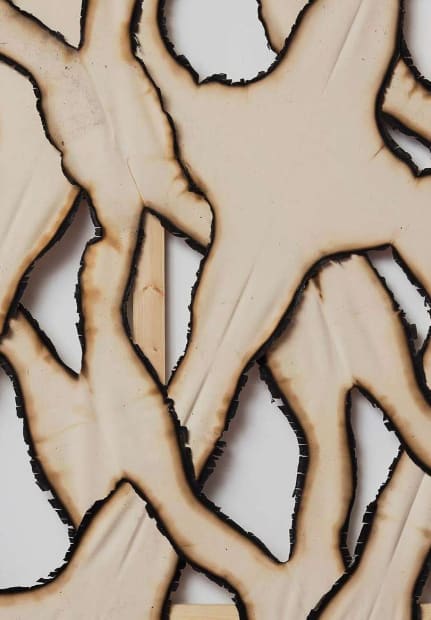
Ariel Schlesinger (b. 1980, Jerusalem) is based between Mexico City and Berlin.
Through a poetic gesture, his work unfolds toward a post-minimal conceptual practice and DE-functionalizes everyday objects. Using the strategies of construction and deconstruction in many of his works, Schlesinger pushes and transforms the object, creating new possibilities of understanding while also enabling surprising discoveries for the viewer within something that initially seemed utterly familiar. Departing from a background in “self-taught” engineering and with an energetic spirit, Schlesinger blurs the line between outsider inventor and studio-bound artist. The diverse and multilingual work points toward what is already gone, a new material existence, rescued from disappearance, generating a new presence through precise interventions.
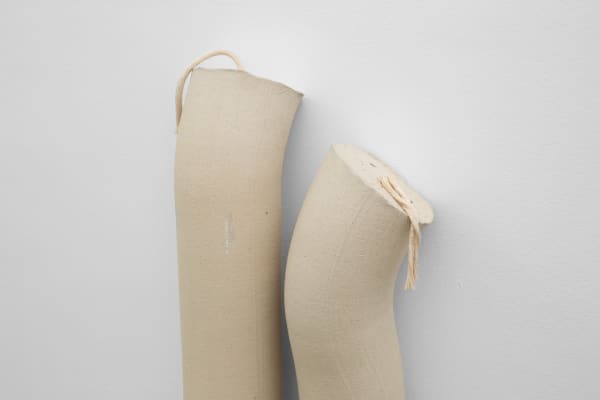




Naama Tsabar’s practice fuses elements from sculpture, music, performance and architecture.
Collaborating with local communities of female identifying and gender non-conforming performers, Tsabar writes a new feminist and queer history of mastery. Her interactive works expose hidden spaces and systems, reconceive gendered narratives, and shift the passive viewing experience to one of active participation. The artist draws attention to the muted and unseen by propagating sound through space and sculptural form. Resting someplace between sculpture and instrument, form and sound, Tsabar’s work lingers on the intimate, sensual and corporeal potentials within these transitional states.

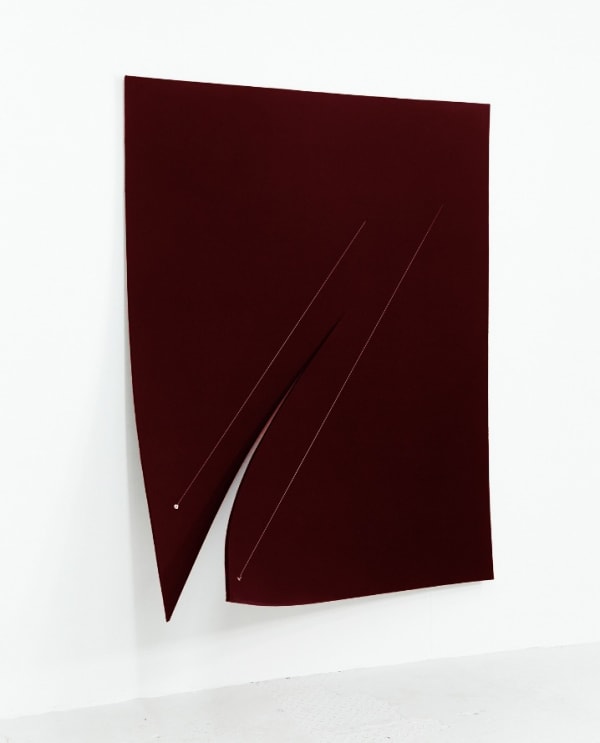


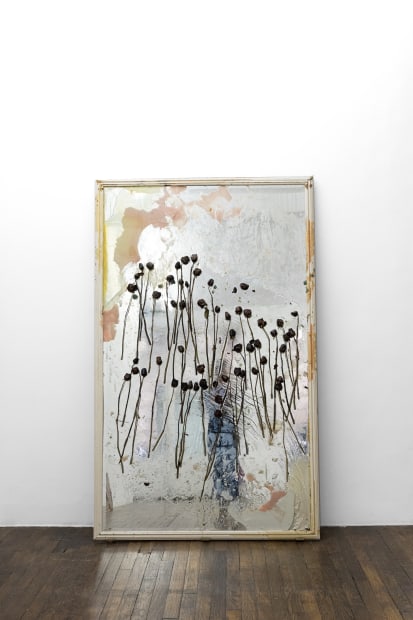
Williams (born in 1993 in the United States) creates sculptures and installations from found objects, often with a personal connection to specific things and their history. These are reworked in a process using soap as material until they appear encased within it. This shift blurs the contours of the objects, giving them a strange, even eerie aura. The soap is used allegorically, to contain and examine past traumas, but also functions as a spiritual cleansing. Williams’s work goes beyond familial connections to address collective physical and psychological memories and identity structures.
* denotes required fields
We will process the personal data you have supplied in accordance with our privacy policy (available on request). You can unsubscribe or change your preferences at any time by clicking the link in our emails.
Dvir / Paris
Gallery Hours
Tuesday – Thursday: 11:00 – 19:00
Friday – Saturday: 12:00 – 19:00
Dvir / Tel Aviv
Shvil HaMeretz 4, 2nd floor
Tel Aviv-Yafo, Israel
Gallery Hours
Thursday: 10:00 – 17:00
Friday – Saturday: 10:00 – 14:00
And by appointment
Dvir / Brussels
T. +32 486 54 73 87
This website uses cookies
This site uses cookies to help make it more useful to you. Please contact us to find out more about our Cookie Policy.